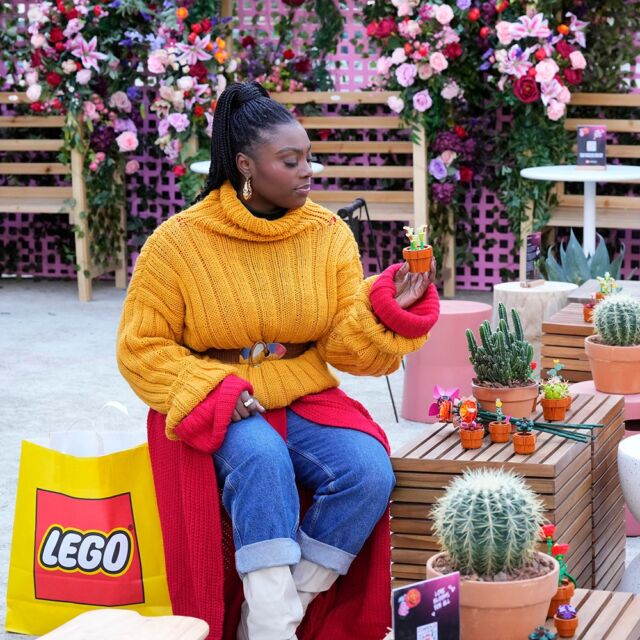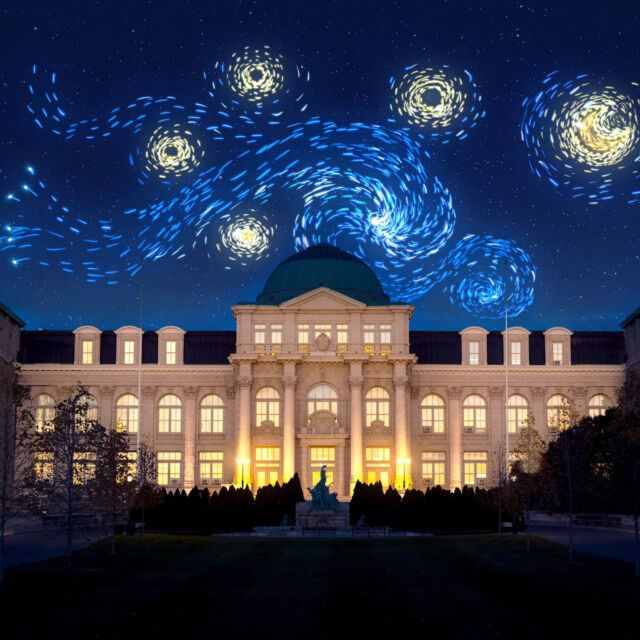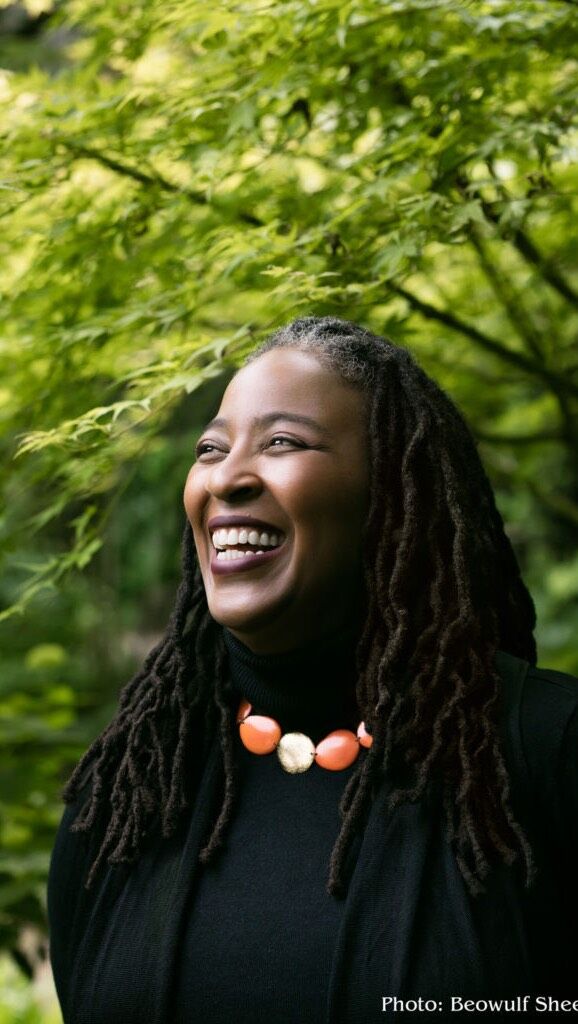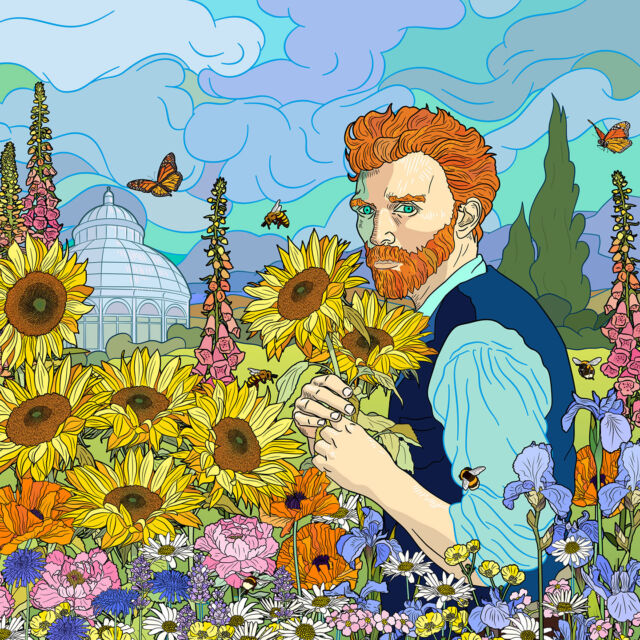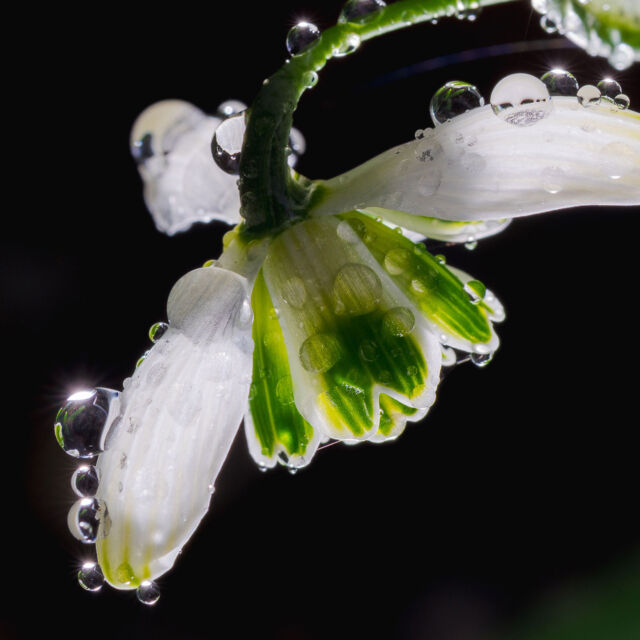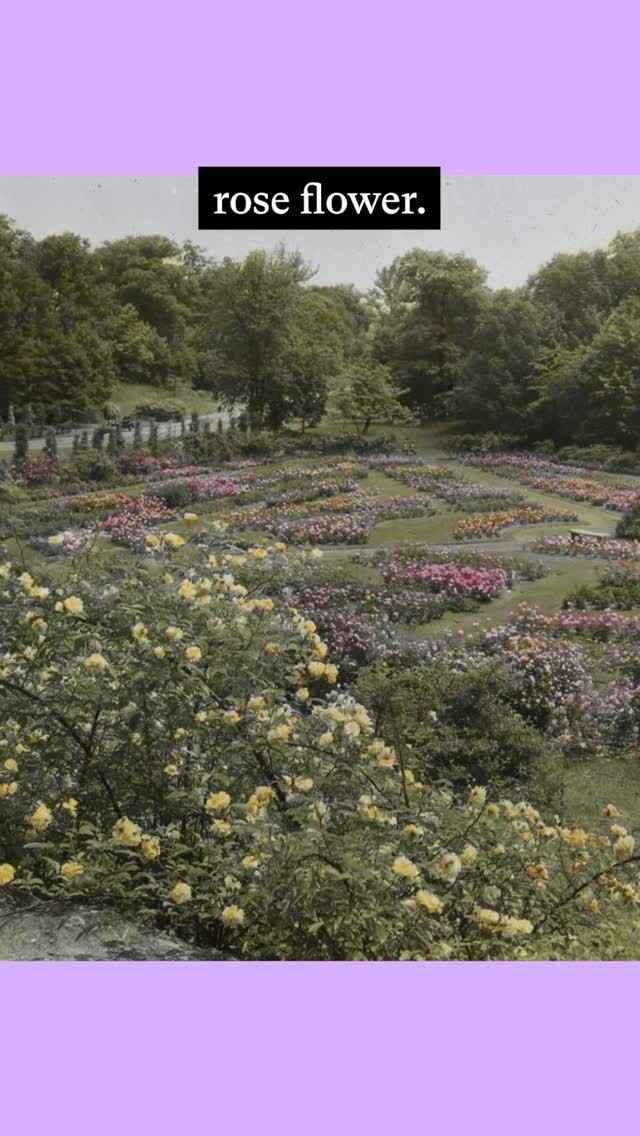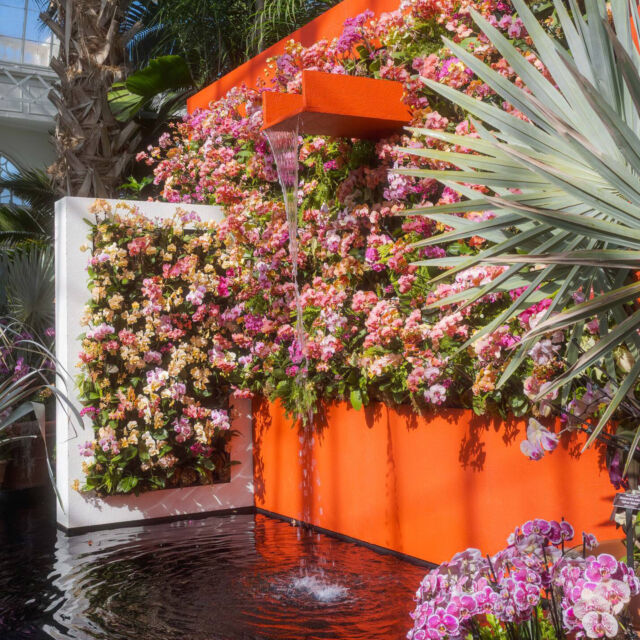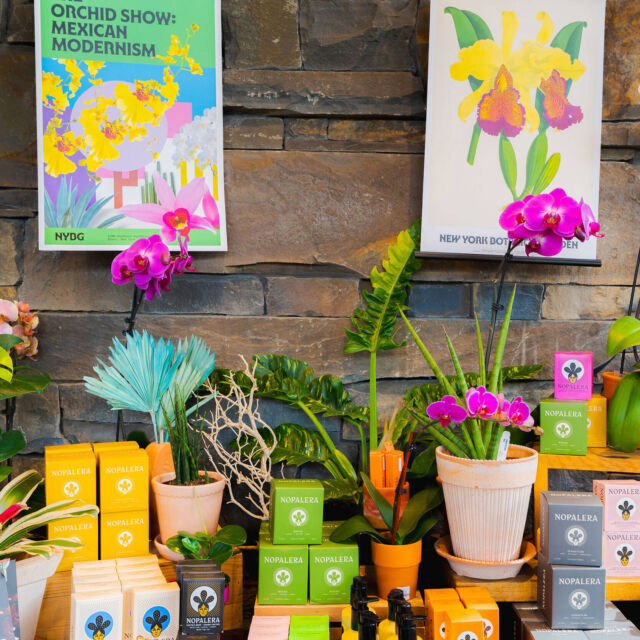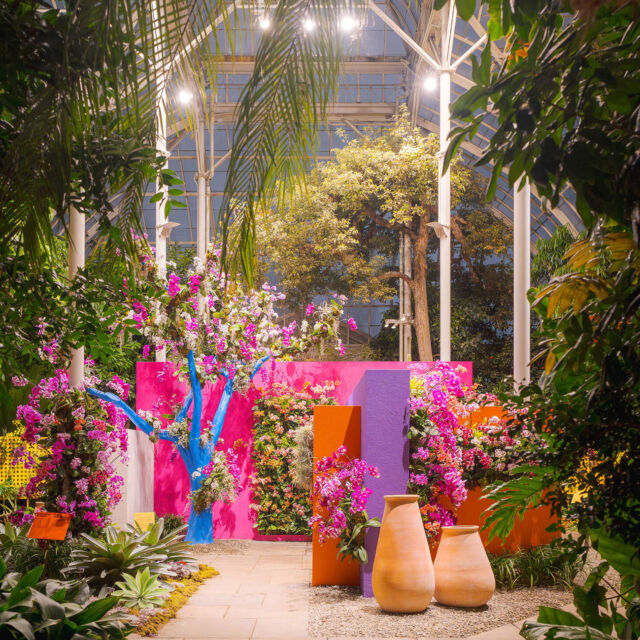Elizabeth Britton’s Roses: Campaigning for the National Flower
Nicole Font is the Shelby White & Leon Levy Processing Archivist in the LuEsther T. Mertz Library of the New York Botanical Garden.
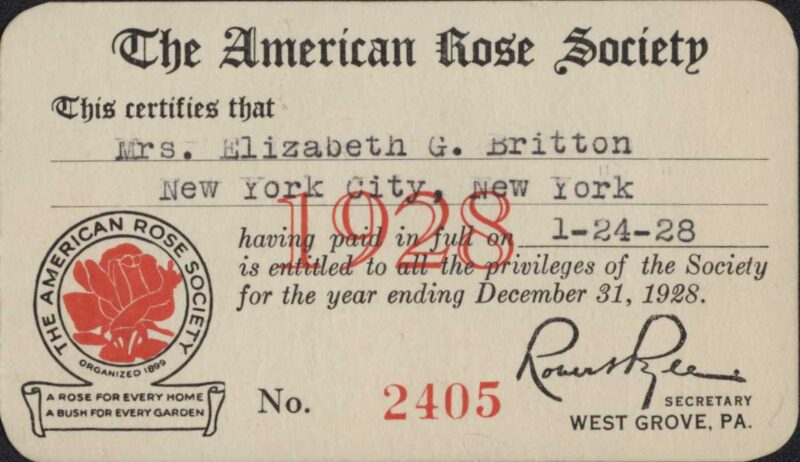
Elizabeth Britton’s 1928 membership card for The American Rose Society
As Valentine’s Day approaches, the rose—a well-known symbol of love—is likely everywhere you turn, but did you know the rose is also the national flower of the United States? In 1929, when Dr. Edgar Theodore Wherry (1885 to 1982) sparked the debate over the national flower by proposing the Phlox, Elizabeth Britton (1858 to 1934)—a bryologist, educator, and one of the founders of the New York Botanical Garden—launched a short-lived campaign advocating for the rose as our national floral symbol. Other contenders included the Daisy, Goldenrod, Laurel, and Columbine, but Mrs. Britton dismissed these options (though admitting the Columbine would be her second choice). Addressing the Phlox specifically, she remarked, “No woman with any color sense and love of garden plants will agree, nor will the children of the nation.”
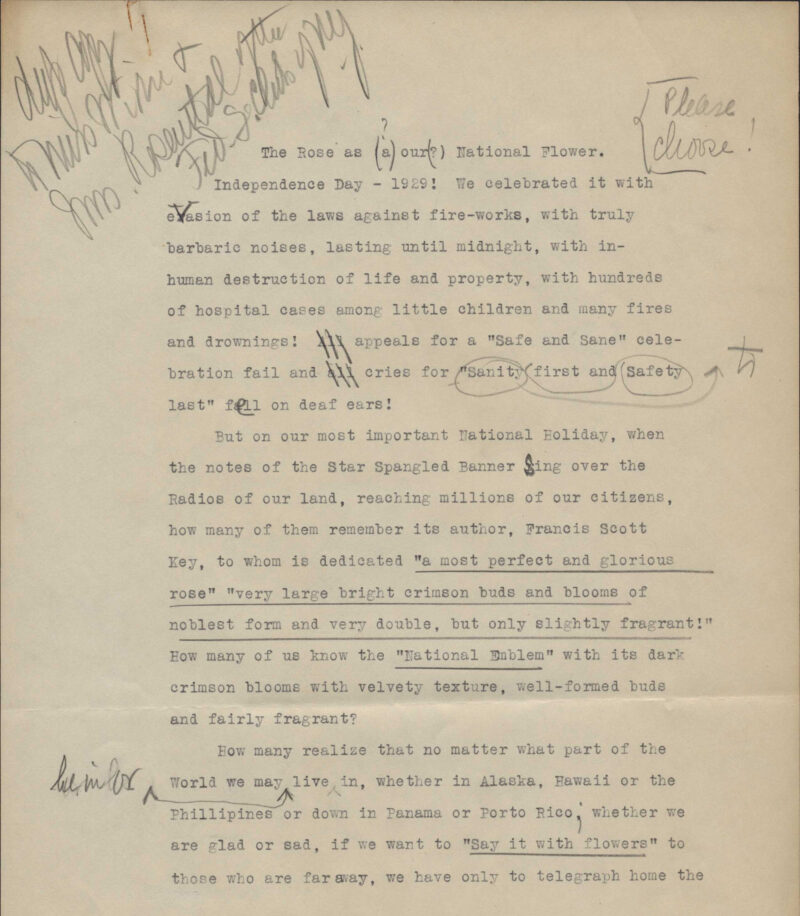
Elizabeth Britton’s essay campaigning for the rose as America’s national flower
But why the rose? In a New York Times article about selecting a national American flower, Mrs. Britton argued, “The rose is a universal social force. It symbolizes mankind’s noblest impulses and assembles history’s outstanding personalities in an international hall of fame.” She expanded on this idea in an unpublished essay titled The Rose as Our National Flower, where she listed roses named after royalty, war heroes, mythical figures, and celebrities—which is how I learned there’s a rose named after Mary Pickford. She further contended that roses cater to all preferences, from the “men folks who like any color as long as it’s red” to the “Ladies-Gay who prefer a pink rose.” Most importantly, Mrs. Britton noted that roses grow from coast to coast, including in Alaska, Hawaii, the Philippines (a U.S. territory at the time), and Puerto Rico: “The Rose is the only one that is grown in all of [the states], and so I have said that if we must have a National Flower, the only one available for all is the Rose.”
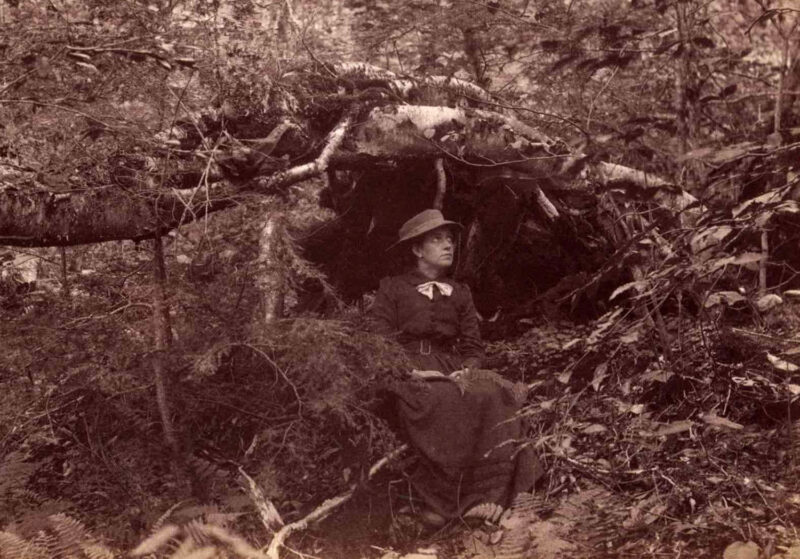
Elizabeth Britton photographed among a forest of ferns
On November 20, 1986—57 years after Elizabeth Britton’s campaign—President Ronald Reagan officially declared the rose the National Floral Emblem of the United States, citing its symbolism, history, ceremonial importance, and ubiquity across all 50 states (sound familiar?).
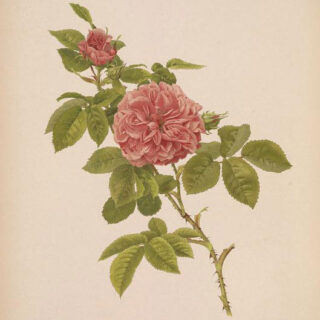
An illustration of Rosa centrifolia L., the Cabbage Rose, by Alfred Parsons, R.A.
The proclamation does not specify a particular species, variety, or color of rose, and neither did Mrs. Britton. However, if you were wondering what her preference was, she favored “pale pink French Teas with the real June fragrance, like ‘La France,’ or the Cabbage Rose.” Perhaps one of these could be a choice for your loved ones this Valentine’s Day.
The New York Botanical Garden Institutional Archives project is generously funded by Shelby White and the Leon Levy Foundation.
View the finding aid for the Elizabeth Gertrude Knight Britton records here, or browse other archival collections available for research.
For access to archival materials, please email us at archives@nybg.org.
SUBSCRIBE
Enter your email address to subscribe to this blog and receive updates on new posts.

